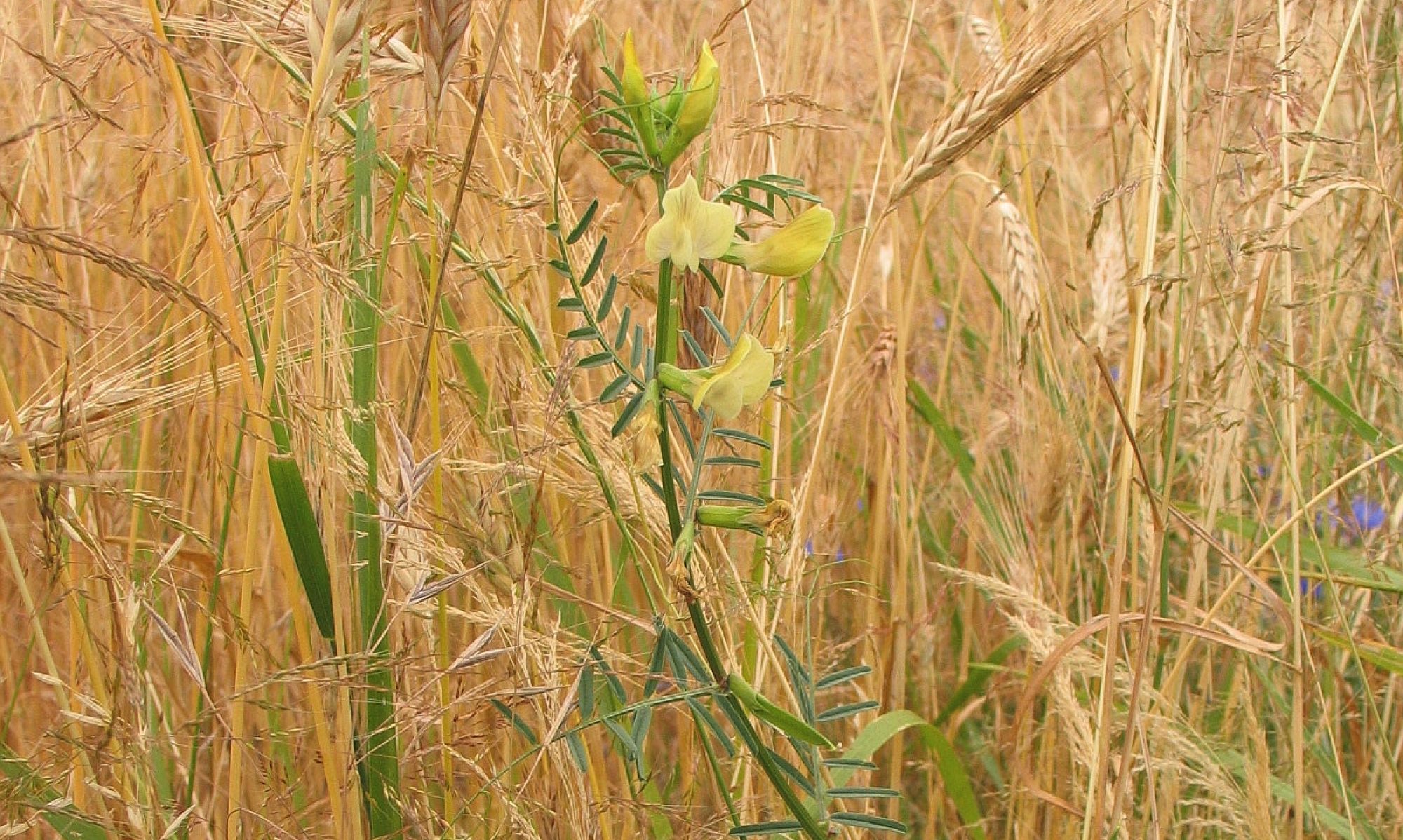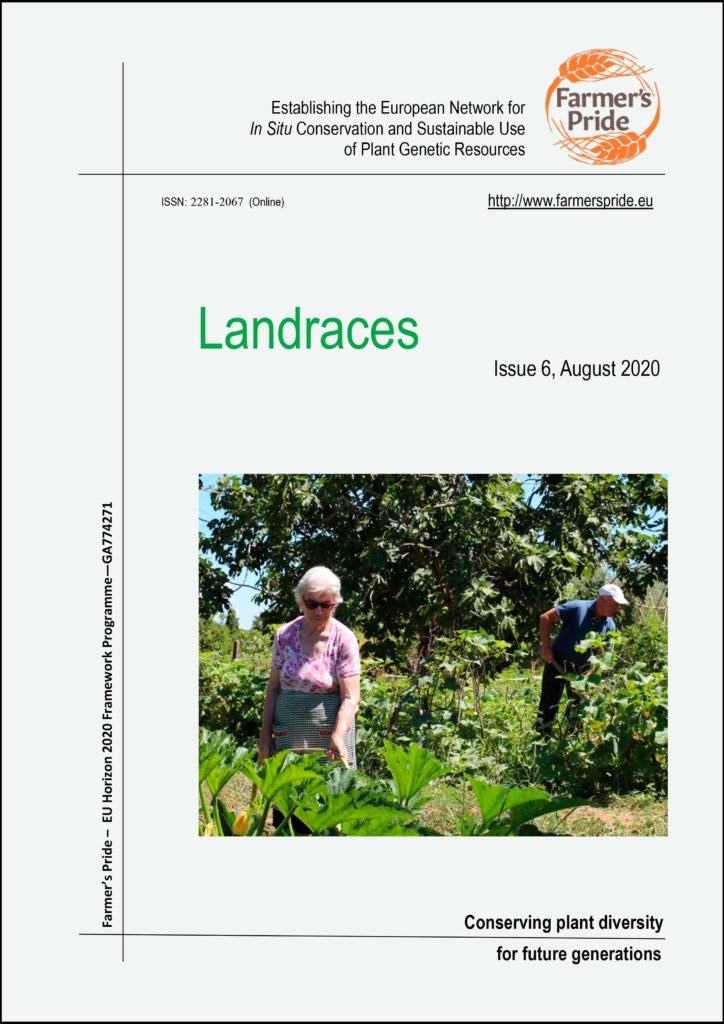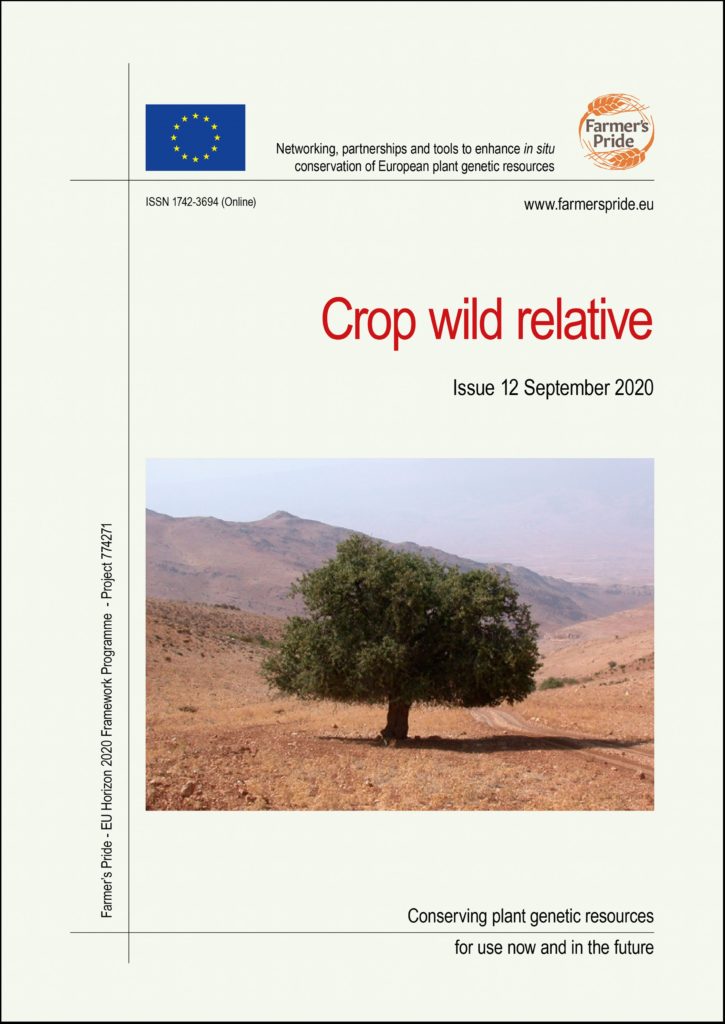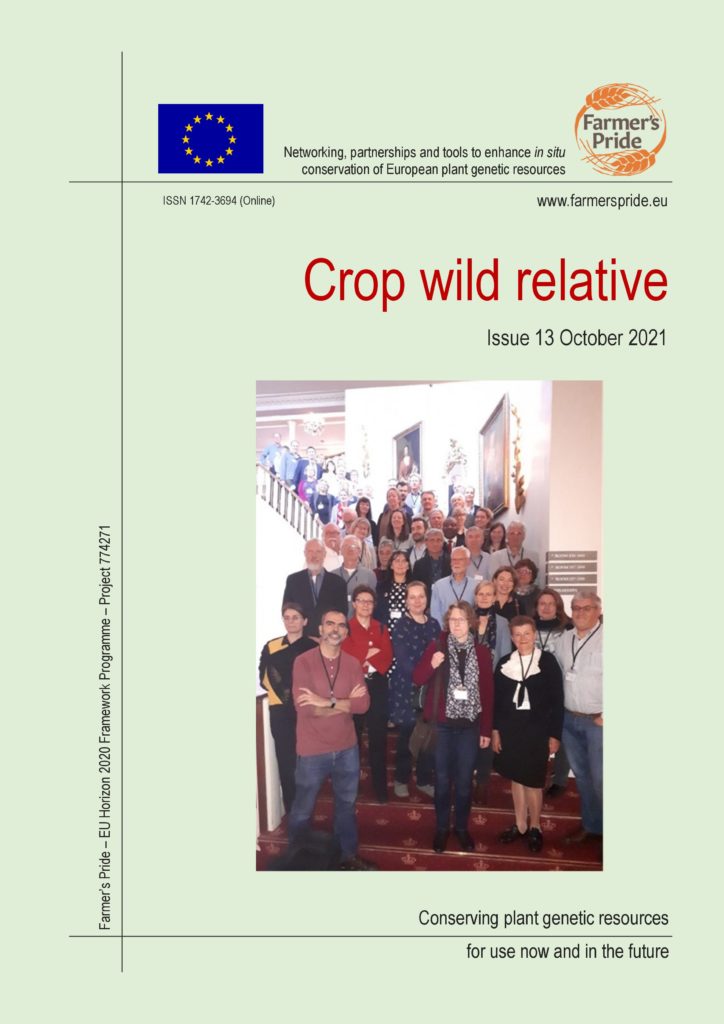Landraces
A newsletter to disseminate and promote landrace conservation activities and related research. Landraces was initiated by the PGR Secure project (Issues 1–3).
Issue 4, Issue 5, and Issue 6 are publications of the Farmer’s Pride project. They explore landrace conservation throughout Europe, including reconstructing a barley landrace, reintroduction of a Danish asparagus landrace, conservation of a common bean landrace in Portugal, and protecting Spanish traditional knowledge on landraces.
Crop wild relative
A newsletter to publicise information and experiences concerning the conservation and use of crop wild relatives plants, including updates on the activities of major associated research projects.
Issue 11 provides information about the aims and objectives of the EU funded Farmer’s Pride, incentives and policies to promote agrobiodiversity, how in situ and ex situ CWR conservation activities are integrated and a review of CAPFITOGEN toolbox, a suite of inter-related informatic tools that aim to facilitate PGR community operations.
Issue 12 provides a progress review of the different research elements of Farmer’s Pride, including notably the designation of the first genetic reserve in Europe, critical reviews of existing CWR networking activities in Germany, Italy, Finland, Lithuania, and the Nordic region, complementarity analysis for the CWR diversity of the Fertile Crescent and introgression breeding with CWR diversity.
Issue 13 is the final CWR edition funded under the aegis of the Farmer’s Pride project. The newsletter focuses on show-casing the various deliverables generated but also includes progress in our sister CWR networking projects at the global, and regional level in the Southern African and Nordic countries. Then turning to specific Farmer’s Pride activities, linking the existing EU Natura 2000 network to CWR diversity maintenance, the CWR population management guidelines, CWR population information management, linking conserved CWR diversity to use and finally a statement of where we are with the establishment of the European in situ conservation network of sites and stakeholders.
